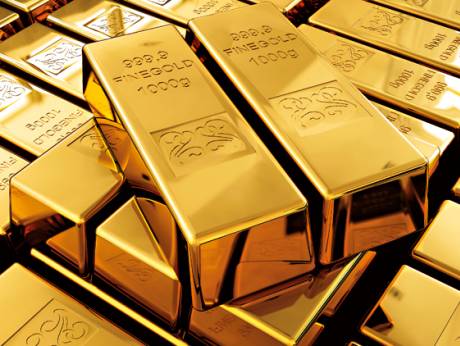What causes gold prices to go up or down?
This question has plagued many gold speculators, investors and everyday folks interested in what gold can offer them. Gold prices going up and down are affected by several factors, which we'll break down in this handy post you can bookmark for later reference.
Four facts making gold prices go up and down
An oft-told saying remarks that wherever the dollar goes, so goes gold prices. The two offer an inverse relationship: when demand for dollars slips, investors and banks around the world turn to gold, thereby increasing the value of everyone's favourite metal (take that, silver!).When the dollar appreciates in value, investors tend to shift their money from gold into the currency. The fall in demand for gold causes its value to depreciate. When the dollar appreciates in value, investors tend to transfer their money from gold into the currency. The fall in demand for gold causes its value to depreciate. Its relationship to the dollar correlates to how many see gold buying: it's a defensive measure and a guard against inflation and currency devaluation.
Interested in Interest Rates
Another factor in gold's rise or fall is interest rates. As the Telegraph writes: "Although gold has no yield, it tends to offer investors a better place to park their money when returns from bonds and cash savings are poor - as they are when rates are low." The Telegraph goes on to quote Matthew Michael, a commodities expert at asset manager Schroders. "Gold behaves differently after a hiking cycle," he says. "A quick look back in history shows gold has performed well when rate hikes happened in the case of the Fed."
Planet Asia
Look overseas and another ripple effect emerges: the rise of Asian economies. In 2016, China's economy grew by 6.7 percent, and it's expected to grow again by 6.8 percent in 2017. India's economic outlook is similarly optimistic. The relationship between the boom in Asian countries and gold's price is very tangible: As reports note, in the early 1990s, before the Chinese and Indian economies ramped up development, their total share of world gold demand was about 25%. Last year, China and India accounted for more than 50% of the world's total gold demand. China especially has a voracious appetite for gold. Chinese banks see it as a store of value and aims to diversify its official reserves.
Spec Work
When the price of gold plummeted between September of 2012 and April of 2013, one central theory held on why it happened: speculation. The drop came on soon after the Federal Reserve said it was ending its controversial stimulus program. Blend that with the preternaturally low inflation then and gold’s role as a hedge against rising price levels becomes a non-factor. Add a red-hot stock market, and the lure for increasing returns as contrasted with maintaining one’s store of value becomes too great.
Rocky Roads
Another intriguing factor shakes gold's price: uncertainty. The stock markets loves certainty while gold prices hate it. An unknowable future can tumble gold's price up and down, depending on how the economy progresses. Events like Brexit or terrorist threats/attacks can rocket up the price of gold, as well as the latest rumblings emnating from North Korea. President Trump's unpredictable personality and decisions may also affect gold's price. As CNBC wrote in January 2017: "Should become the feared 'unguided missile', uncertainties would increase, fostering safe-haven demand and pushing gold prices significantly higher." To wit: Yesterday gold hit an 11-month high, thanks to North Korea's nuclear threats moving the needle. For more blog posts about gold, go to GBS's News section here.

